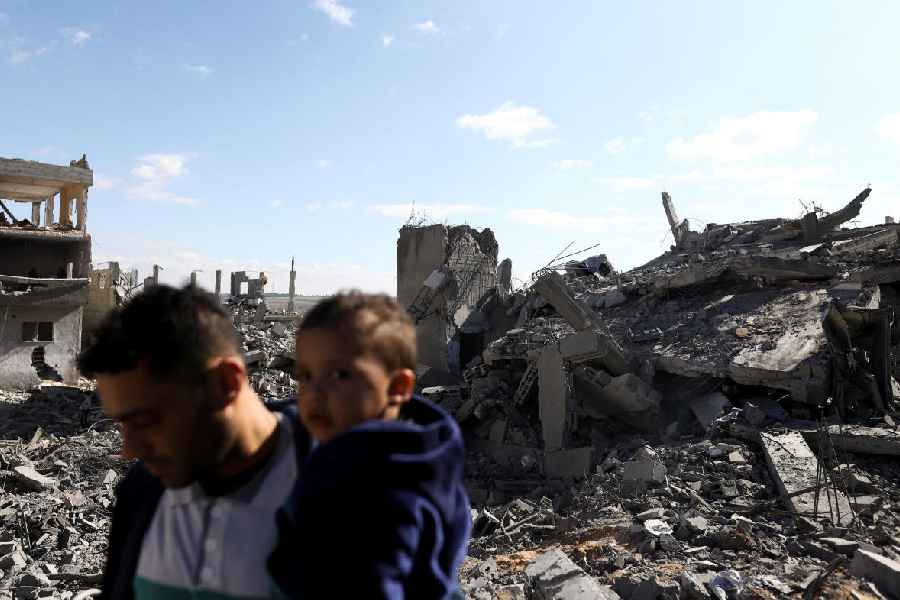 Tuesday, 21 January 2025
Tuesday, 21 January 2025
 Tuesday, 21 January 2025
Tuesday, 21 January 2025
The late September floods that killed more than 240 people in Nepal were driven by rainfall made about 10 per cent more intense by human-caused climate change, a rapid analysis by a team of leading scientists said on Thursday.
The analysis by World Weather Attribution (WWA) also underscored the urgent need for Nepal to limit development in low-lying, riverside areas of Nepali cities to prevent and protect people from future floods.
WWA is a collaboration of international scientists that analyses and communicates the possible influence of climate change on extreme weather events, such as storms, extreme rainfall, heat waves, and droughts.
The floods in Nepal followed three days of extreme rainfall starting September 26. As records were broken across central and eastern Nepal, with some weather stations recording more than 320 mm on September 28, massive floods and landslides claimed at least 244 lives and caused a heavy loss to the country.
“Climate change was responsible for the extreme three day downpours in Nepal about 10 per cent more intense. Bursts of rainfall will become even more heavier, risking more destructive floods until the world replaces fossil fuels with renewable sources of energy,” the WWA analysis said.
The flooding witnessed by Kathmandu valley had never occurred before in the past, according to eye-witnesses. More than 50 people were killed and properties worth billions of rupees were damaged due to the heavy rainfall that hit the capital city recently.
Highlighting how rapid development greatly worsened the impacts of the flood, the study said, Kathmandu, the largest city in Nepal and amongst the hardest-hit districts by the floods, is built around the Bagmati river in a bowl-shaped valley and has experienced rapid growth in recent decades.
“Limiting development in flood-prone urban areas will reduce the number of people in harm’s way and save lives when floods occur in the future,” the researchers said and also suggested scaling up of early warning systems and prompt action to avoid repeat flooding disasters.
The study was conducted by 20 researchers as part of the World Weather Attribution group, including scientists from universities and meteorological agencies in Nepal, India, Sweden, the United States and the United Kingdom, a WWA statement said.
“If the atmosphere wasn’t overloaded with fossil fuel emissions,these floods would have been less intense, less destructive and less deadly,” remarked Mariam Zachariah, researcher at the Centre for Environmental Policy, Imperial College, London.
Further, this study also highlights “how vulnerable Asia is to increasing downpours – in 2024 alone, our studies have uncovered the fingerprint of climate change on deadly floods in India, China,Taiwan, the UAE, Oman, and now Nepal,” Zachariah pointed out.
“Clearly, climate change is no longer a distant threat in Asia,”said Roshan Jha, a researcher at the Indian Institute of Technology,Bombay. “With every fraction of a degree of warming, the atmosphere can potentially hold more moisture, leading to much heavier downpours, and catastrophic floods like these.”







